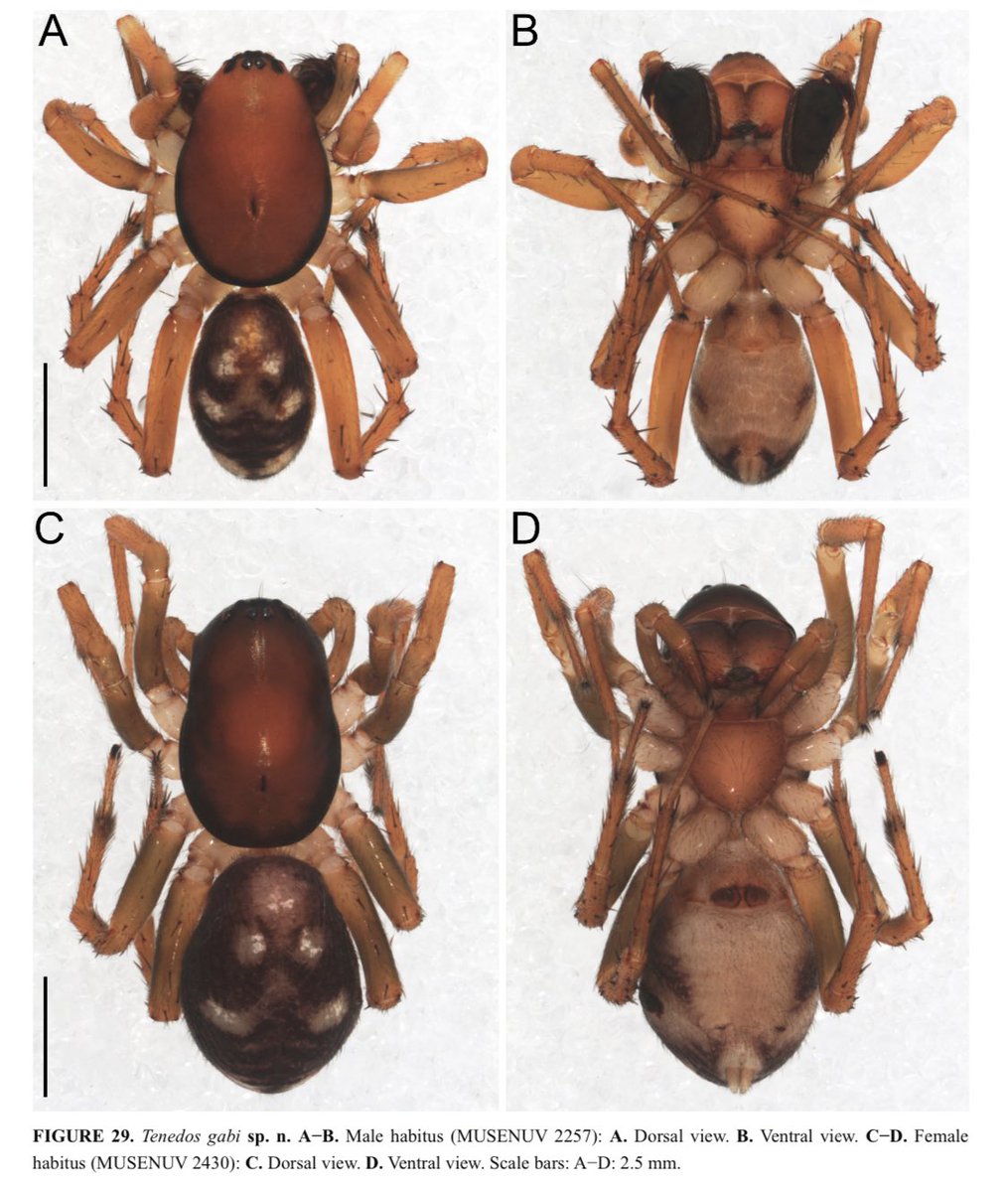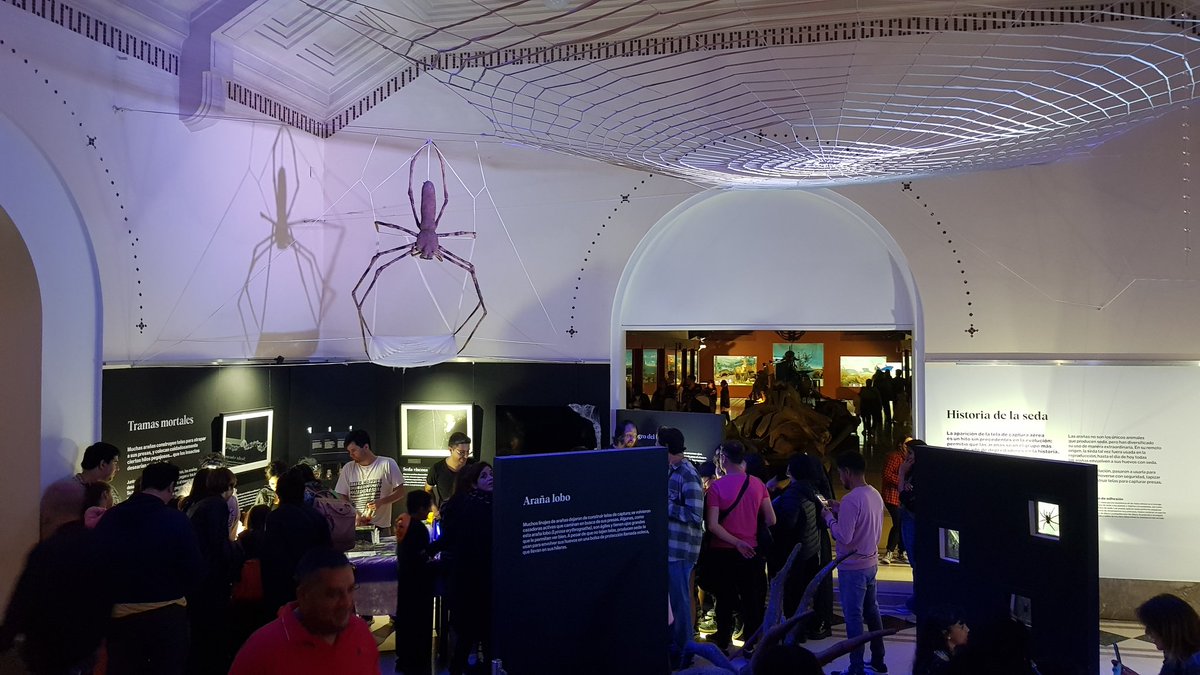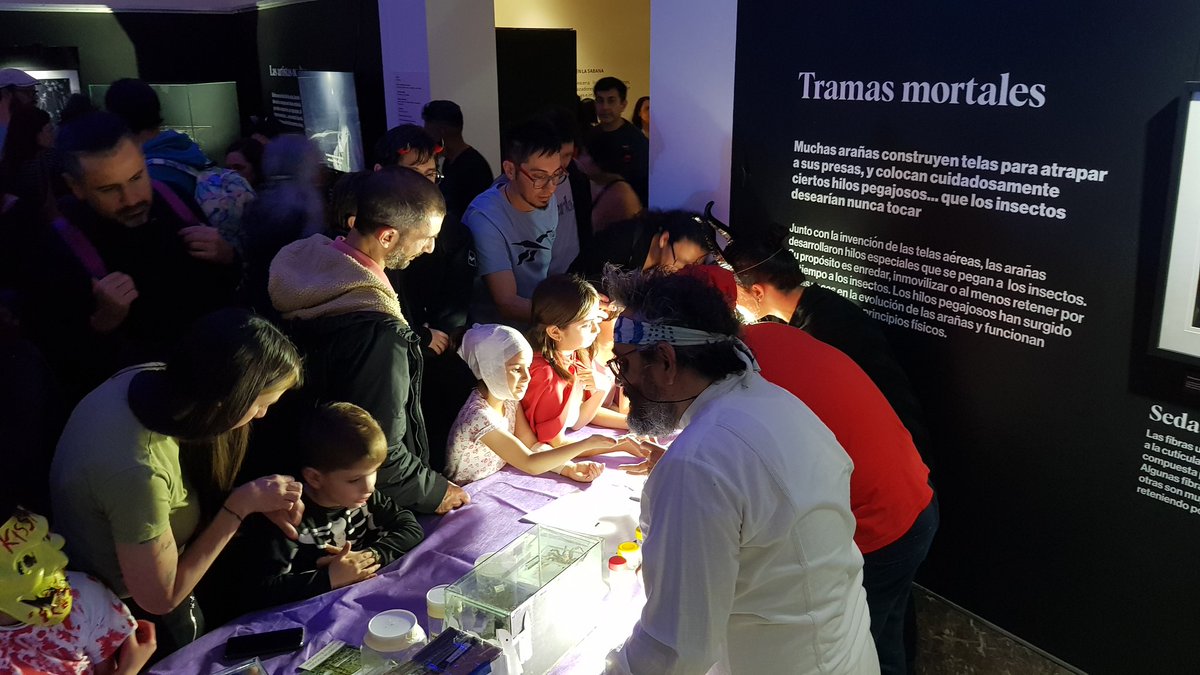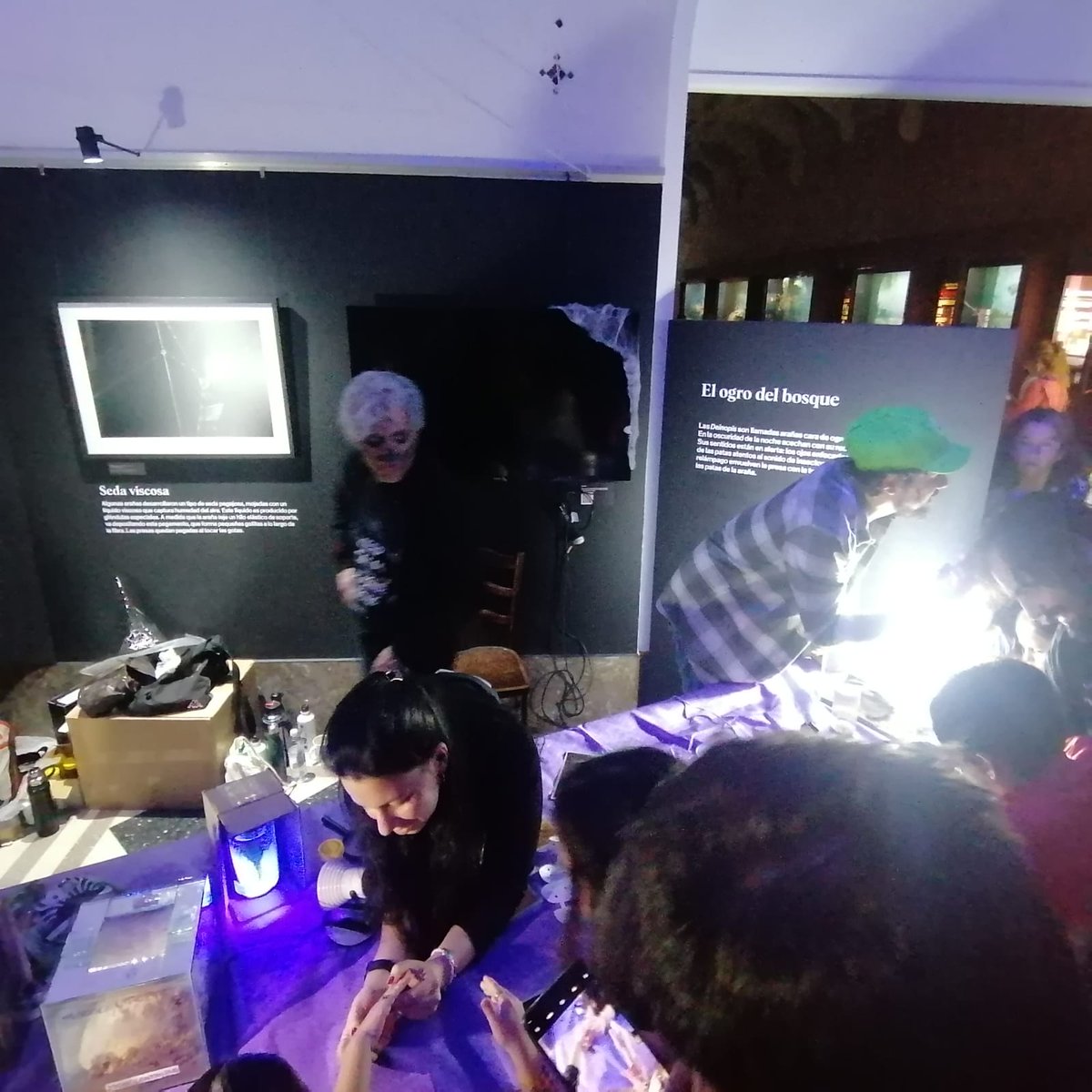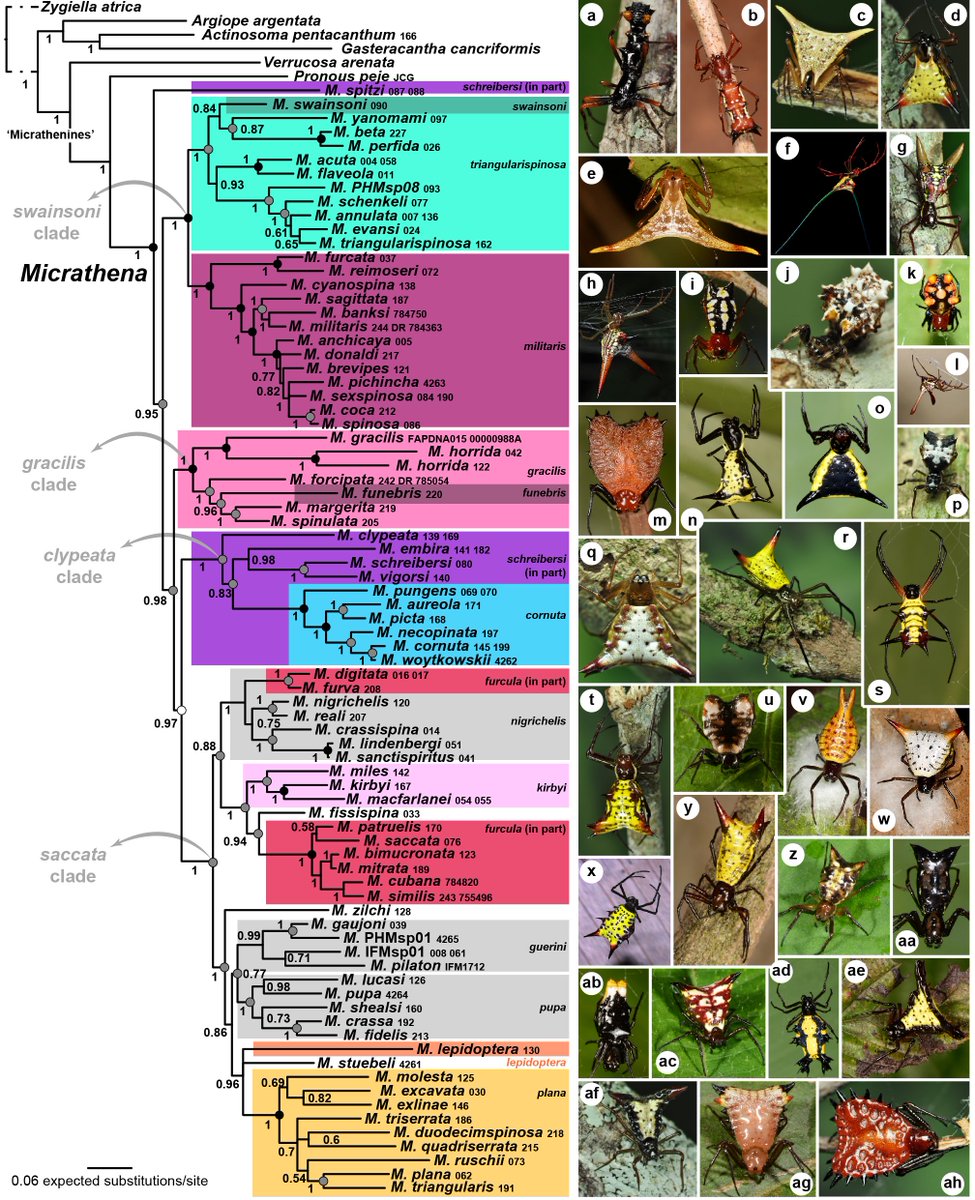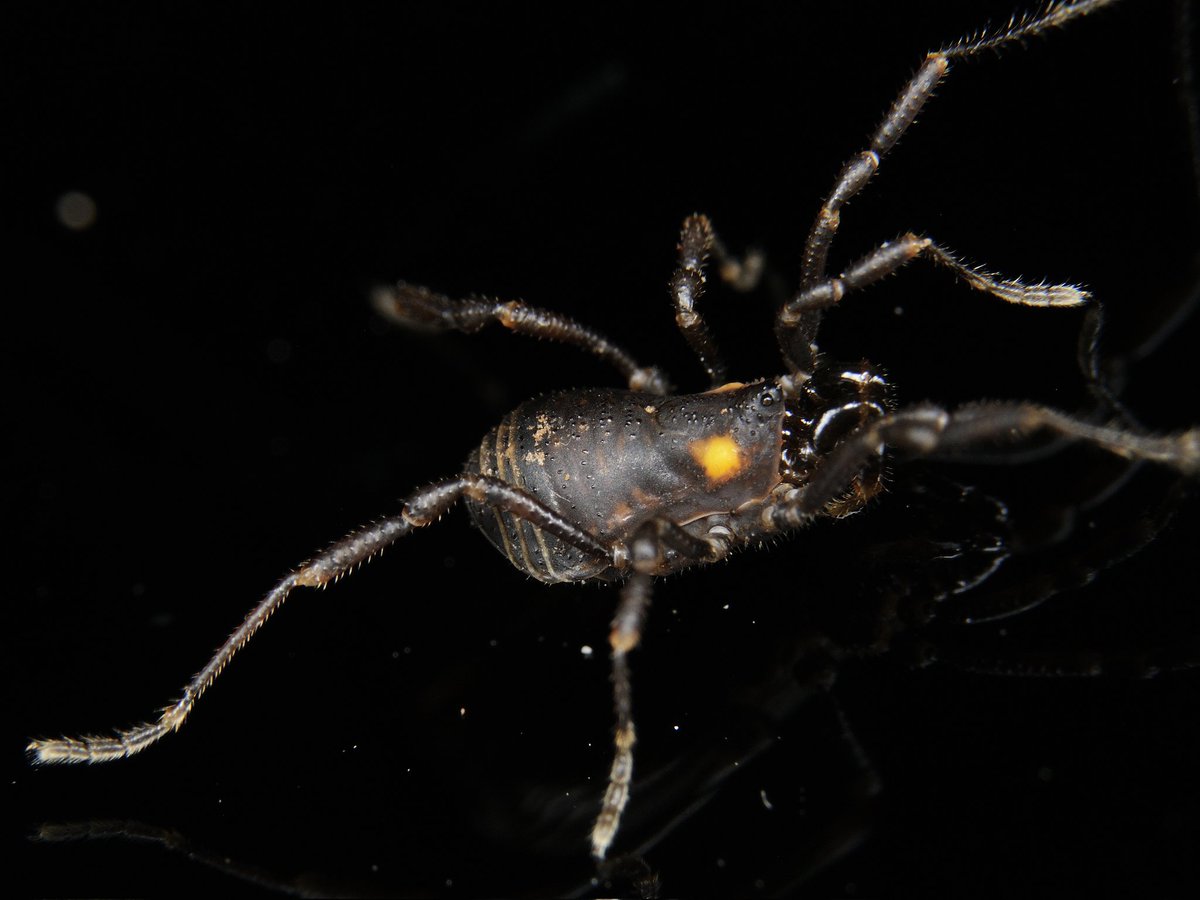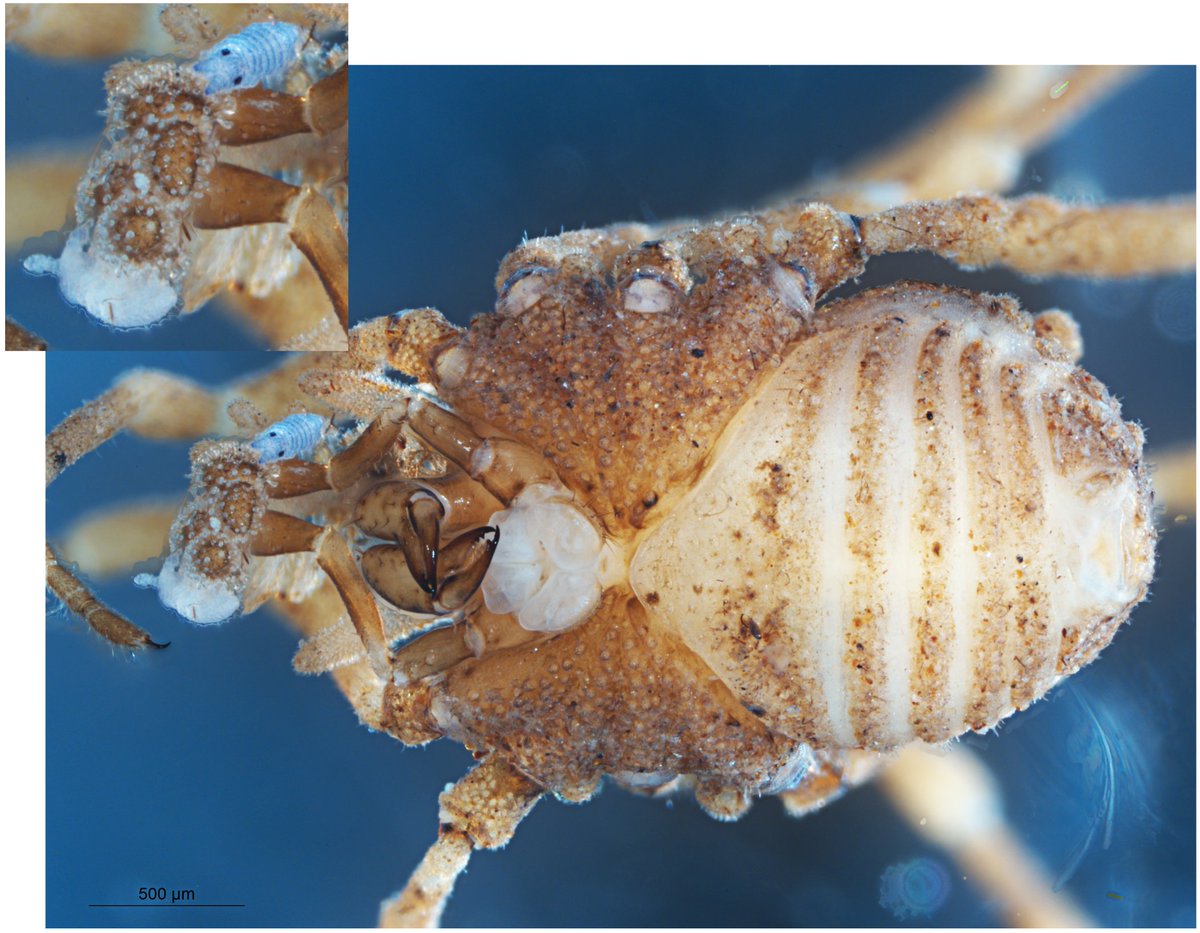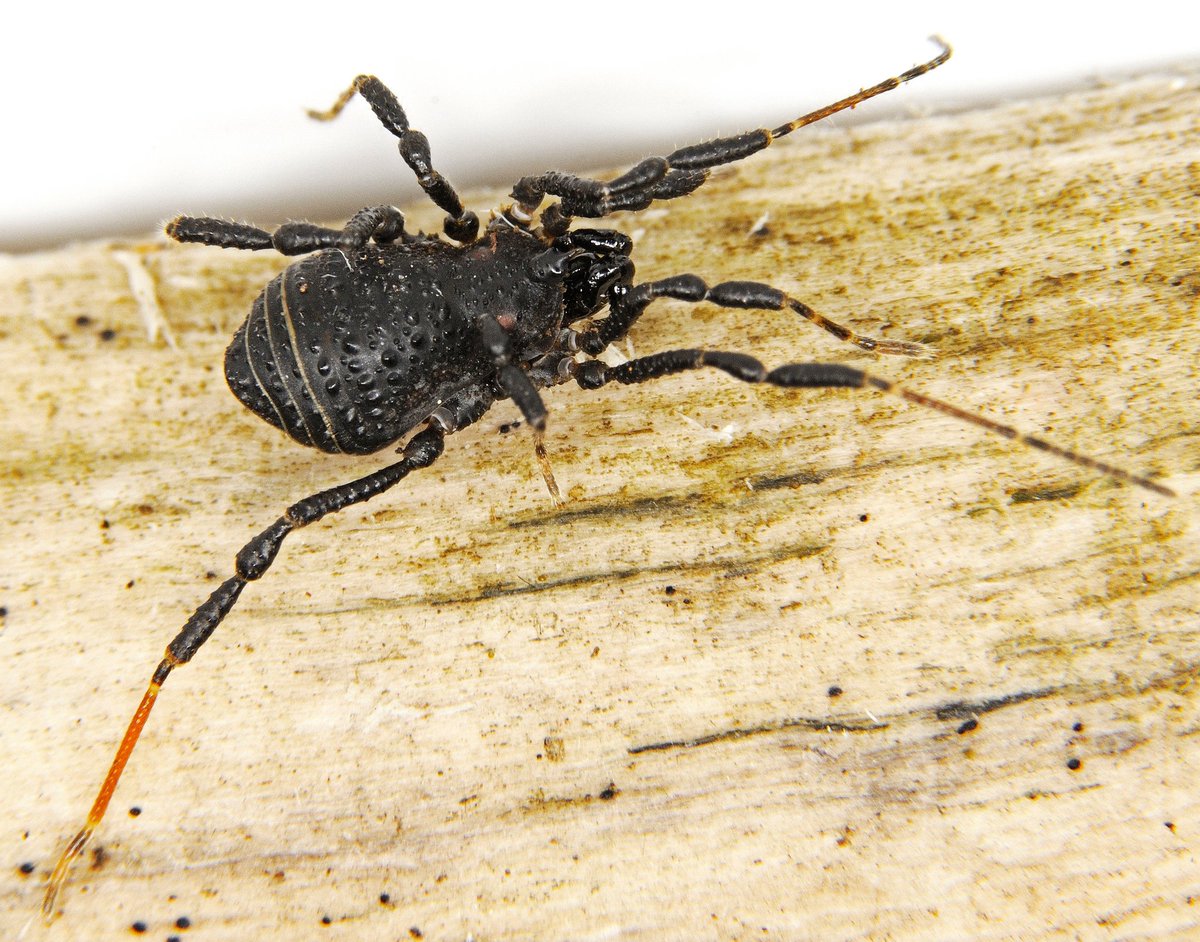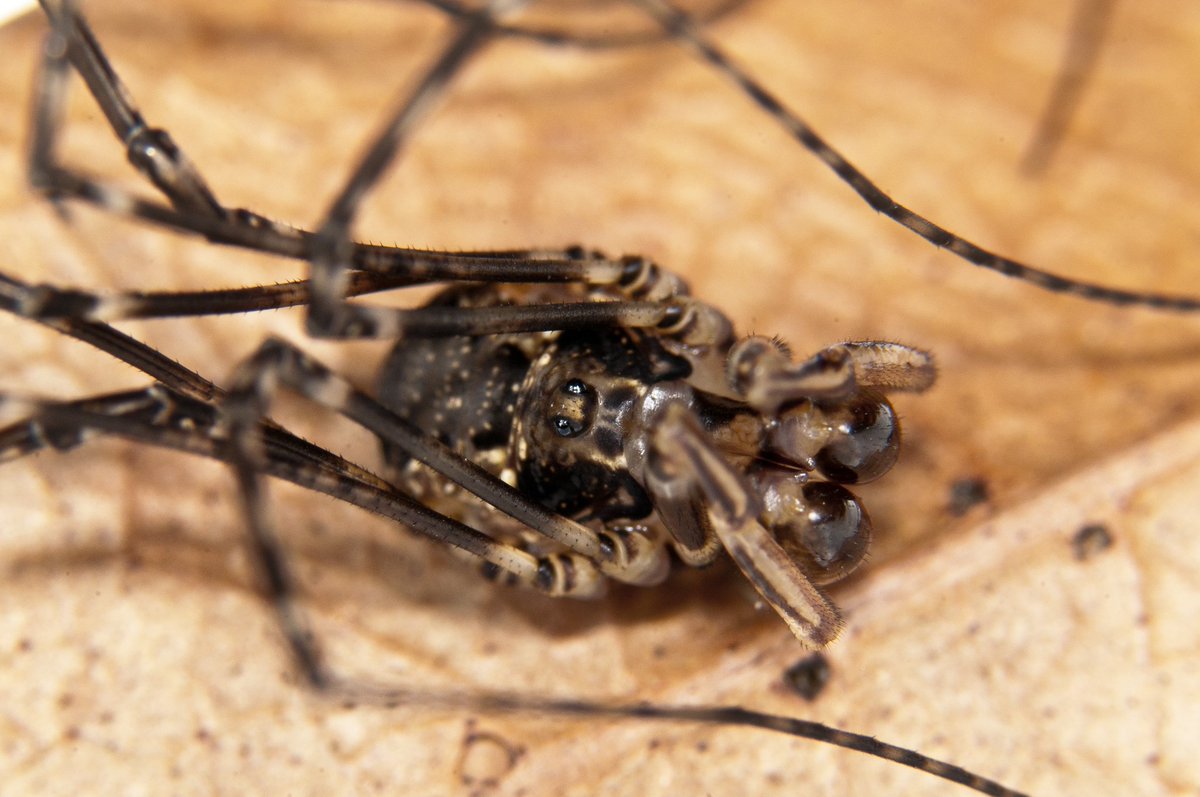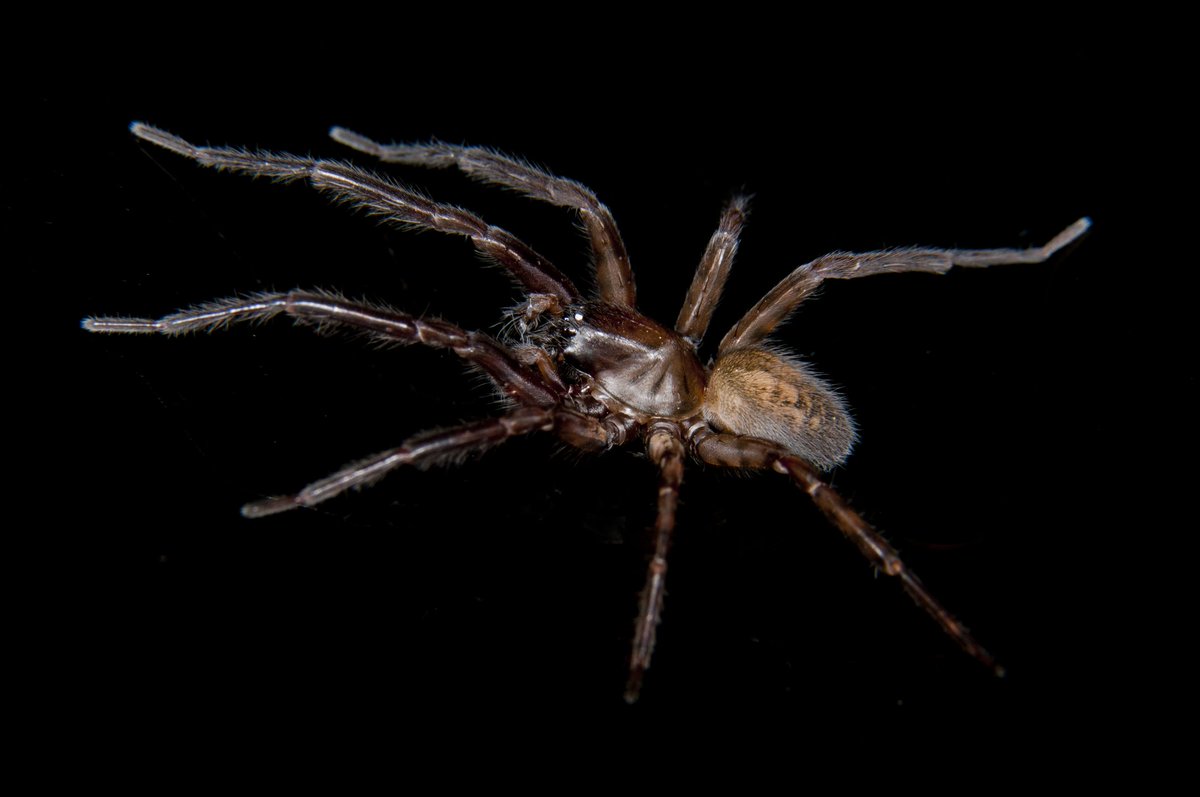
Aracnologia MACN
@aracnomacn
División de Aracnología del Museo Argentino de Ciencias Naturales - CONICET
ID: 1575619899359043584
https://m.facebook.com/aracnomacn/ 29-09-2022 22:54:20
57 Tweet
155 Followers
37 Following

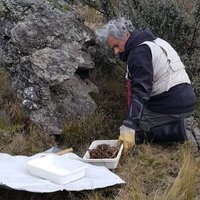
Thanks to our friends and colleagues Cor Vink, Peter Michalik, Dr. Ivan Magalhaes 🕷️, Jonas Wolff, Luis Palazzesi, and many others, for all the help with this study. This link provides access to the full article: academic.oup.com/zoolinnean/adv…
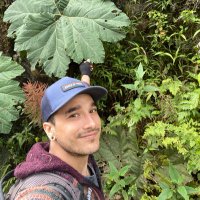
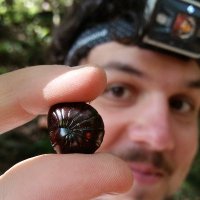
Con Martín Ramírez pronto vamos a dar el curso de posgrado "Biología y sistemática de arañas" de manera presencial en la Facultad de Ciencias Exactas y Naturales, UBA. Los cupos son limitados, se pueden preinscribir acá: docs.google.com/forms/d/e/1FAI…
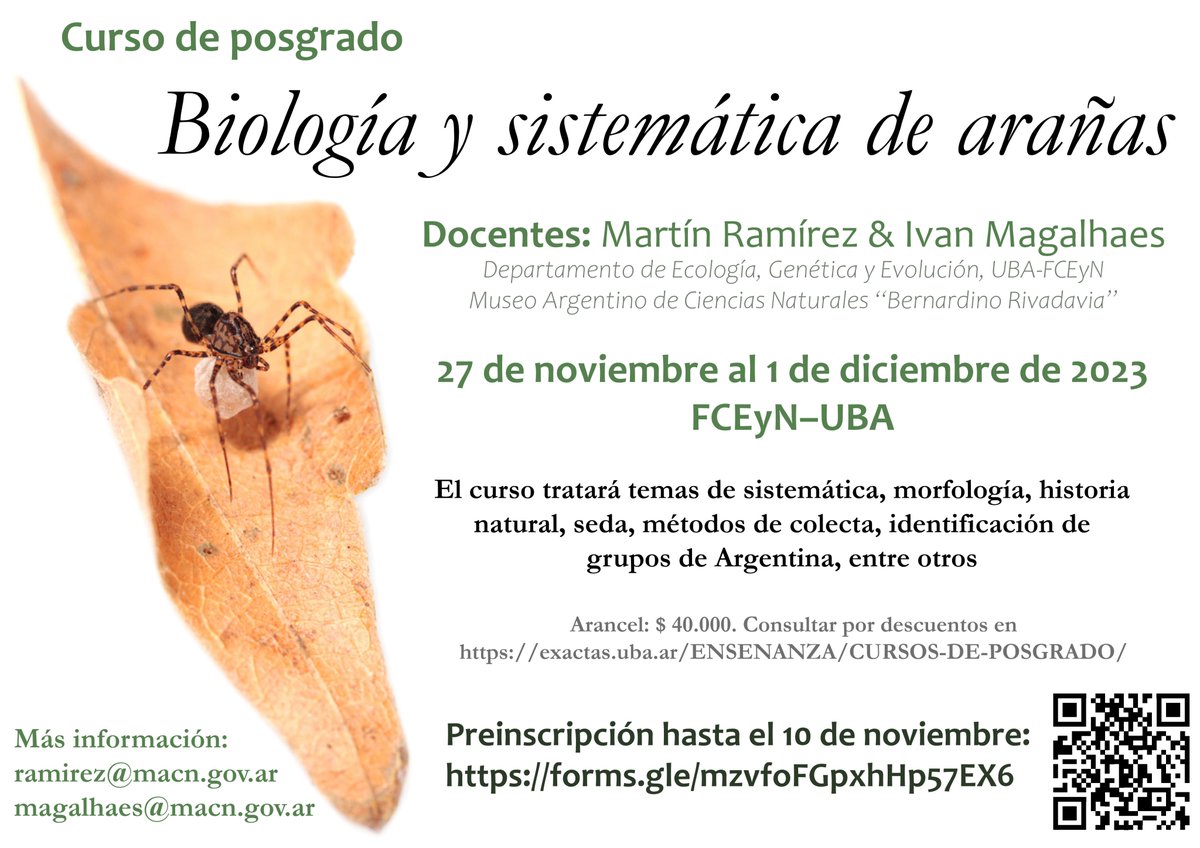












Just released in European Journal of Taxonomy! Our last contribution (open access) together with our dear collaborators from the LES/UFSCar! We redescribed the type species of the troglobitic genus Spaeleoleptes (Opiliones: Escadabiidae) and described a new species. doi.org/10.5852/ejt.20…
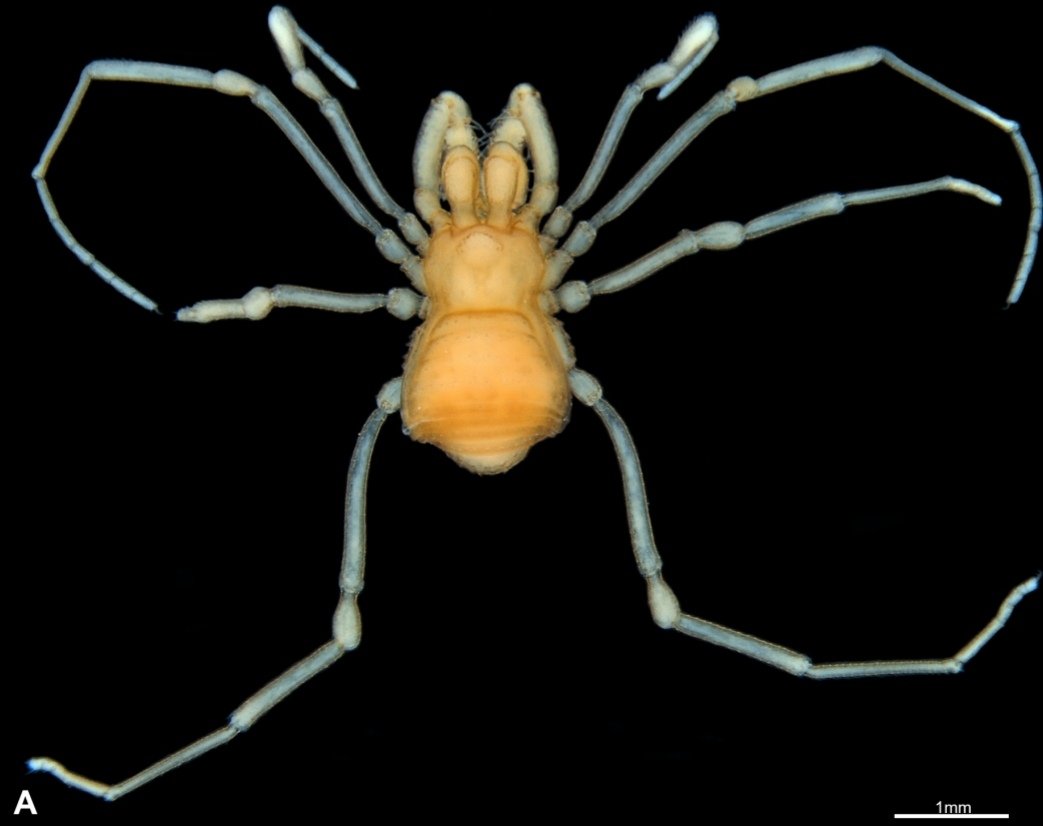


Look our last collaborative research paper (between Instituto Clemente Estable @Labre_arg and Aracnologia MACN) First direct evidence that Opiliones' penis contains structures that can remove sperm from the female ovipositor. Link for free read or download before August 16, 2024: authors.elsevier.com/c/1jKkXA7vO-OQb


Happy to share a major contribution to the taxonomy and systematics of South American harvestmen family Triaenonychydae zookeys.pensoft.net/article/120068/ This is one result of Willians' PhD thesis made at Aracnologia MACN, with the synergistic collaboration with Gonzalo Giribet and Shahan Derkarabetian

Very proud to see this study, led by our PhD student (at Aracnologia MACN) Vanesa Mamani, published. It addresses an intriguing taxonomic conundrum involving synonymy, a spurious locality, and intrasexual dimorphic males in Opiliones.



